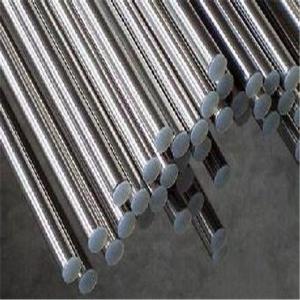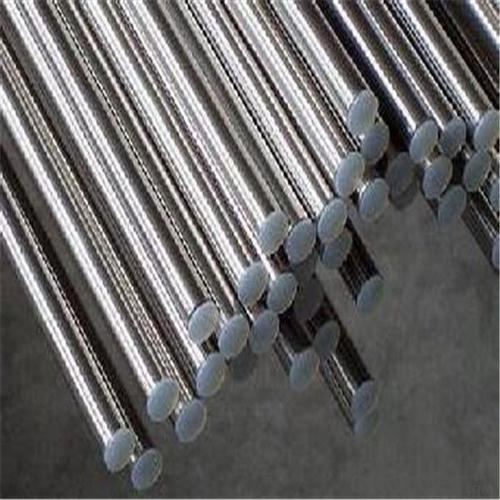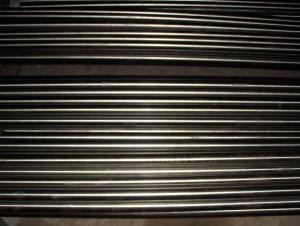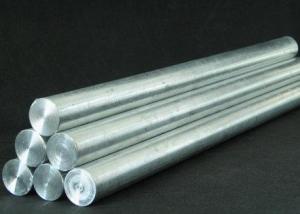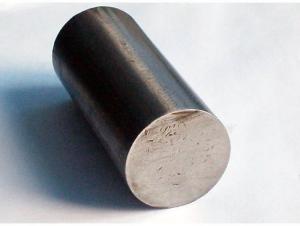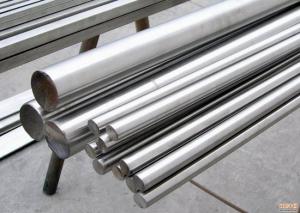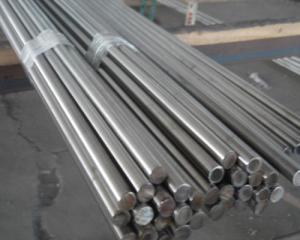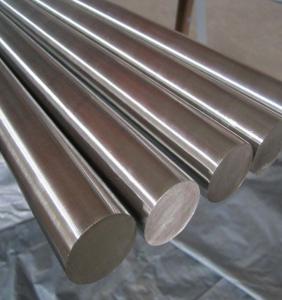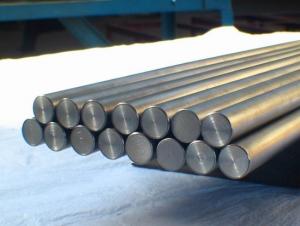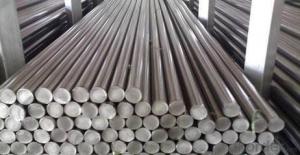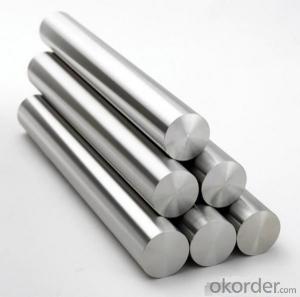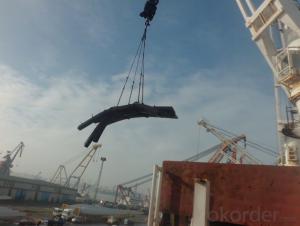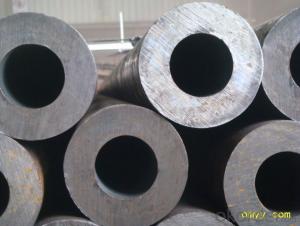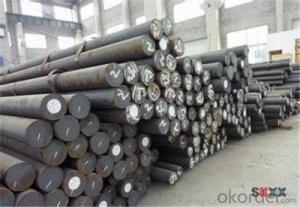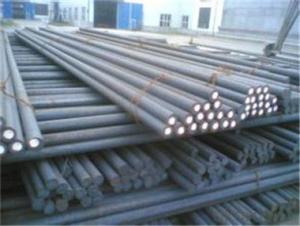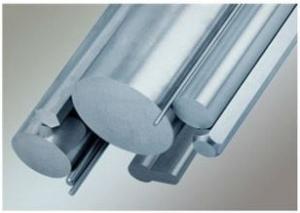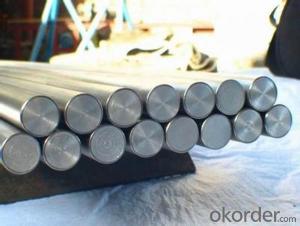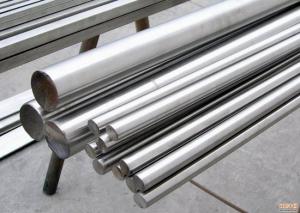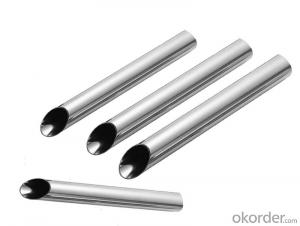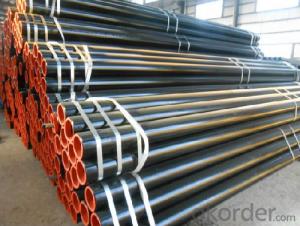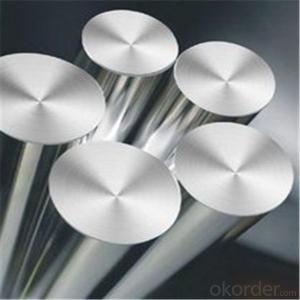Stainless Steel round bar with CE CertificateChina Supplier
- Loading Port:
- Shanghai
- Payment Terms:
- TT OR LC
- Min Order Qty:
- 5 m.t.
- Supply Capability:
- 5000 m.t./month
OKorder Service Pledge
OKorder Financial Service
You Might Also Like
Specification
China Supplier stainless steel round bar with CE Certificate
PRODUCT DESCRIPTION
Product Description
1, Diameter: 8mm-250mm rounds
5mm-9mm rods
2, Length: 2m, 3m, 5.8m, 6m or customized
3, Standard: GB, ASTM, AISI, SAE, DIN, JIS, EN
OEM technology - send detailed technical parameters for accurate quotation.
2, Produce Process: smelt iron - EAF smelt billet - ESR smelt billet -
hot rolled or forged to get the steel round bar and plate
3, Heat Treatment: annealing, normalizing, tempering, quenching
4, Surface Treatment: Black, Polished, Galvanized
5, Quality Assurance: We accept third party inspection for all orders.
You can ask testing organizations such as SGS, BV, etc. to test our products before shipping.
PRODUCTS SHOW
Products Show
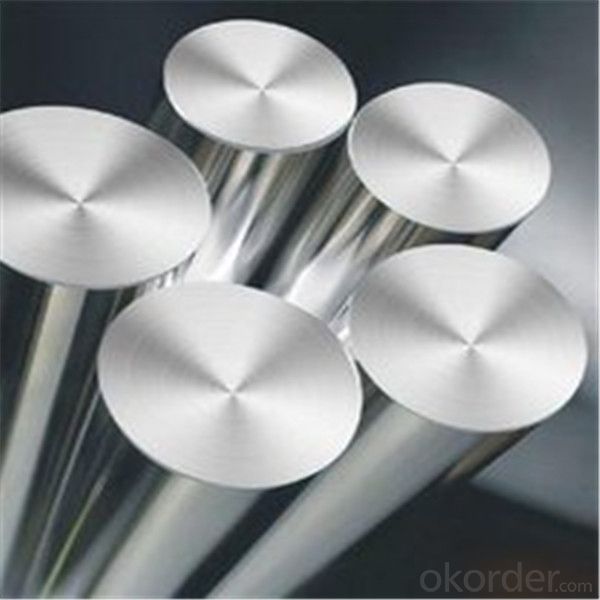

PRODUCTS&APPLICATION
Product Overviews
| Product Name | Typical Grades | Diameter(mm) | Standard adopted |
| Carbon Steel | 20 (1020/S20C/C22) | Ø16-Ø300 |
GB/SAE/JIS/DIN
|
| 40 (1040/S40C/C40) | |||
| 45 (1045/S45C/C45) | |||
| Bearing Steel | GCr9 (51100/SUJ1) | Ø12-Ø250 | |
| GCr15 (52100/SUJ2/100Gr6) | |||
| GCr9SiMn (A485-Gr.1/SUJ3) | |||
Cr-Mo Steel | 20Cr (5120/SCr420H/20Cr4) | Ø12-Ø250 | |
| 40Cr (5140/SCr440/41Cr4) | |||
| 42CrMo(4140/SCM440/42CrMo4) | |||
| Gear Steel | 20CrNiMo | Ø16-Ø600 | |
| 20CrMn(5115/SMnC420/20MnCr5) | |||
| 20CrNiMo(8620/SNCM220/20CrMiMo2) |
Application
| Carbon Steel | Mold bottom, Plastic mold, Construction machinery parts Automobile parts, Security grills, Screens, Construction |
| Bearing Steel | Aerospace, Navigation, Nuclear energy, Chemical industry Electronic information, Petrochemical, Instrument and meter Transportation |
| Cr-Mo Steel | Mechanism & Fasteners gear, Stressed components for vehicles Engines and machines, Parts of larger cross-section |
| Gear Steel | All kinds of gears, Statically and dynamically stressed component for vehicles Engines and machine, Larger cross-section parts, Crankshafts |
F A Q
FAQ
1, Your advantages?
professional products inquiry, products knowledge train (for agents), smooth goods delivery, excellent customer solution proposale
2, Test & Certificate?
SGS test is available, customer inspection before shipping is welcome, third party inspection is no problem
3, Payment Terms?
30% TT as deposit and 70% before delivery.
Irrevocable L/C at sight.
4, Trading Terms?
EXW, FOB, CIF, FFR, CNF
PACK & DELIVERY
Packaging & Delivery
1, Packaging: seaworthy package or as required
2, Delivery: 35-45 days or based on quantity
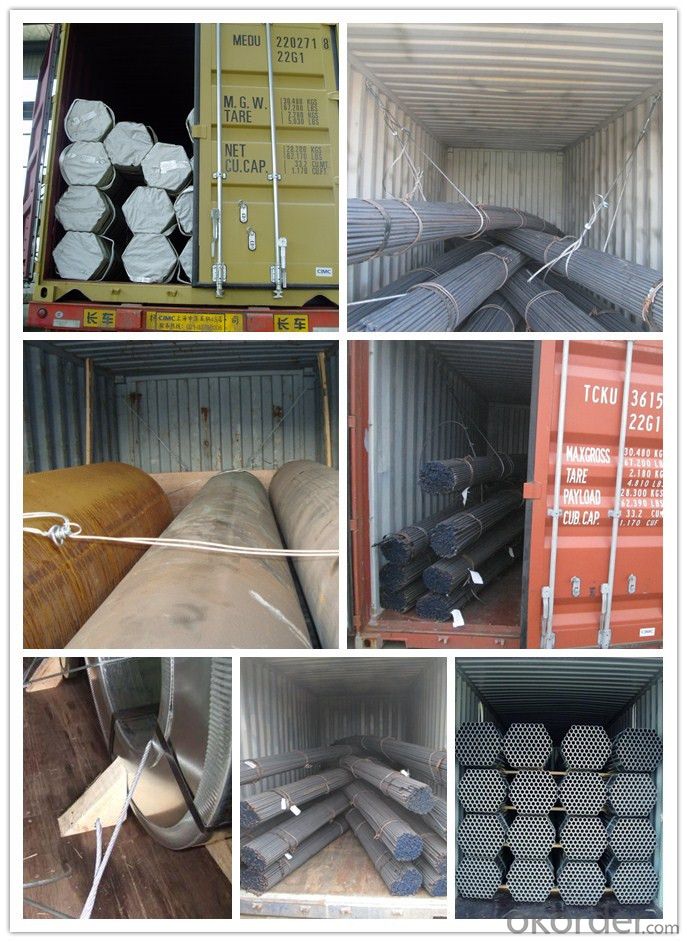
- Q: How do stainless steel bars resist phosphoric acid?
- Stainless steel bars resist phosphoric acid due to the high chromium content present in stainless steel. Chromium forms a protective layer on the surface of the steel, known as a passive film, which prevents the acid from corroding the material. This passive film acts as a barrier, effectively resisting the corrosive effects of phosphoric acid.
- Q: Are stainless steel bars suitable for high-temperature applications?
- Yes, stainless steel bars are suitable for high-temperature applications. Stainless steel is known for its excellent heat resistance and can withstand extreme temperatures without losing its strength or integrity. The material retains its mechanical properties even at elevated temperatures, making it ideal for applications where heat resistance is critical, such as in the aerospace, automotive, and chemical industries. Stainless steel bars can withstand temperatures up to 1200°C (2200°F) in certain grades, making them a reliable choice for high-temperature applications. Additionally, stainless steel is corrosion-resistant, which further enhances its suitability for use in high-temperature environments where oxidation or chemical reactions may occur.
- Q: Which is good, the moxibustion bar, the stainless steel and the brass?
- Moxibustion stick, also called warm moxibustion moxibustion tube or rod is a cylinder made of metal materials such as the tool, the cylinder bottom pointed flat sleeve, a small tube, a small tube around the hole. Materials are pure copper, stainless steel, iron and so on.
- Q: Is the heating rod good for glass or stainless steel?
- There are also good glass, stainless steel is also good, a glass abroad, there are nearly 200.Therefore, choose a good brand is the main, some stainless steel cheap, stainless steel is not used. And the stainless steel is mainly to prevent some large fish zhuangpo, some glass, can solve this problem with a plastic jacket is made of stainless steel, and not enough in the water tank.
- Q: What is the melting point of stainless steel bars?
- The melting point of stainless steel bars may differ depending on the specific grade or composition of the stainless steel. Typically, stainless steel possesses a higher melting point in comparison to other steel types due to the presence of alloying elements like chromium, nickel, and molybdenum. Generally, the melting point of stainless steel bars falls within the range of approximately 1400 to 1450 degrees Celsius (2552 to 2642 degrees Fahrenheit). Nonetheless, it is important to bear in mind that varying grades of stainless steel might exhibit slightly different melting points. Therefore, it is always advisable to refer to the specific technical data sheet or manufacturer's information for precise melting point values.
- Q: Are stainless steel bars suitable for elevator components?
- Yes, stainless steel bars are suitable for elevator components. Stainless steel is a popular material choice for elevator components due to its excellent corrosion resistance, strength, and durability. Elevator components such as guide rails, door frames, brackets, and handrails can be made from stainless steel bars to ensure long-term performance and reliability. Stainless steel's resistance to rust and staining makes it ideal for elevator applications, as it can withstand the constant exposure to moisture, humidity, and various environmental conditions. Additionally, stainless steel has a smooth surface finish, which is crucial for ensuring smooth and safe elevator operation. Overall, stainless steel bars are a suitable and widely used material for elevator components due to their superior properties and ability to withstand the demanding requirements of elevator systems.
- Q: What are the different surface treatments available for stainless steel bars?
- There are several different surface treatments available for stainless steel bars, each offering unique benefits and characteristics. 1. Pickling: This process involves the use of an acid solution to remove impurities and oxide scale from the surface of the stainless steel bars. It leaves the bars with a clean and smooth surface, enhancing corrosion resistance and improving aesthetics. 2. Passivation: Passivation is a chemical treatment that removes iron particles and other contaminants from the surface of stainless steel bars. This treatment forms a protective oxide layer, reducing the risk of corrosion and improving the overall lifespan of the bars. 3. Electropolishing: Electropolishing is an electrochemical process that removes a thin layer of metal from the surface of stainless steel bars. This treatment results in a smooth, shiny, and clean surface, while also enhancing corrosion resistance and making the bars easier to clean. 4. Shot blasting: Shot blasting involves bombarding the surface of stainless steel bars with small metal or glass beads at high velocity. This process removes contaminants, scale, and impurities, leaving the bars with a textured surface. Shot blasting is commonly used to prepare the bars for subsequent coating or painting. 5. Grinding: Grinding is a mechanical process that involves using abrasive wheels or belts to remove surface imperfections and create a smooth finish on stainless steel bars. This treatment is often used to improve the appearance and prepare the bars for further processing or finishing. 6. Brushing: Brushing is a surface treatment that involves using abrasive belts or brushes to create a brushed or satin finish on stainless steel bars. This treatment leaves visible parallel lines on the surface, giving the bars an elegant and aesthetically pleasing look. 7. Coating: Coating stainless steel bars can provide additional protection against corrosion and enhance their appearance. Common coating options include powder coating, electroplating, and PVD (Physical Vapor Deposition) coating. These coatings can offer different colors, textures, and levels of corrosion resistance. It is important to choose the appropriate surface treatment for stainless steel bars based on the intended application, desired appearance, and required level of corrosion resistance. Consulting with a professional or supplier who specializes in stainless steel surface treatments can provide further guidance and ensure the best results.
- Q: Can stainless steel bars be used in the oil and gas repair industry?
- Yes, stainless steel bars can be used in the oil and gas repair industry. Stainless steel has excellent corrosion resistance properties, making it suitable for use in environments with high humidity, moisture, and exposure to chemicals. In the oil and gas industry, stainless steel bars are used for various applications such as repairing pipelines, valves, and other equipment. Stainless steel bars are also known for their strength and durability, which is important in ensuring the reliability and longevity of repaired components. Furthermore, stainless steel bars can withstand high temperatures and pressures, making them suitable for use in demanding oil and gas operations. Overall, stainless steel bars are widely used in the oil and gas repair industry due to their corrosion resistance, strength, and durability.
- Q: Are stainless steel bars suitable for oil and gas industry applications?
- Stainless steel bars are an excellent choice for applications in the oil and gas industry due to their high suitability. Known for their exceptional corrosion resistance, stainless steel is well-suited for environments where exposure to harsh chemicals, high temperatures, and high pressures is common. These bars effectively resist corrosion, oxidation, and scaling, which are prevalent issues in the industry. Moreover, they offer high strength, durability, and toughness, allowing them to withstand the demanding conditions and stresses encountered in oil and gas applications. Their resistance to wear and tear ensures a longer service life, reducing the need for maintenance and replacement, thus lowering costs. Furthermore, stainless steel bars can maintain their performance even in extreme temperatures, making them suitable for both upstream and downstream operations. In summary, stainless steel bars are a reliable and cost-effective choice for the oil and gas industry due to their exceptional corrosion resistance, strength, and longevity.
- Q: Are stainless steel bars suitable for industrial pumps?
- Industrial pumps can benefit from the use of stainless steel bars. This material is highly durable and can resist corrosion, making it an excellent choice for various industrial applications, including pumps. It offers exceptional resistance to rust, corrosion, and chemicals, ensuring that the pump system will last for a long time and remain reliable. Additionally, stainless steel bars are known for their strength and ability to withstand high-pressure and high-temperature environments commonly found in industrial operations. Moreover, these bars can be easily machined and fabricated to meet specific design requirements, making them versatile for use in different types of industrial pumps. In summary, stainless steel bars possess the necessary qualities and performance capabilities needed for efficient and long-lasting operation in industrial pump systems.
Send your message to us
Stainless Steel round bar with CE CertificateChina Supplier
- Loading Port:
- Shanghai
- Payment Terms:
- TT OR LC
- Min Order Qty:
- 5 m.t.
- Supply Capability:
- 5000 m.t./month
OKorder Service Pledge
OKorder Financial Service
Similar products
Hot products
Hot Searches
Related keywords
